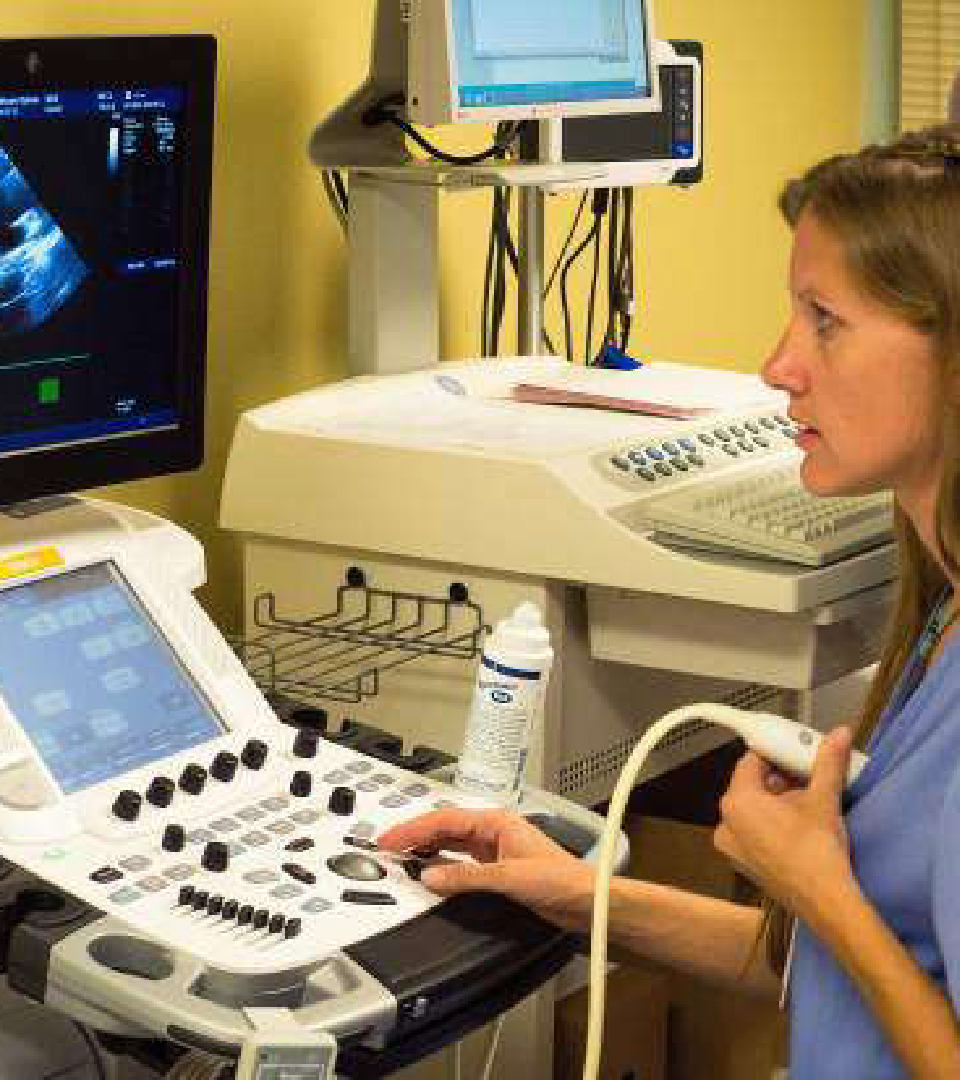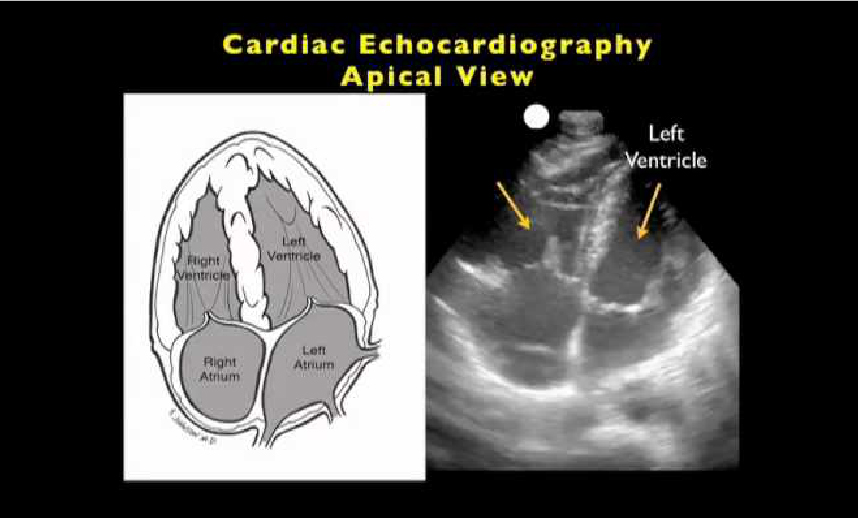
Early warning of heart function decline
For people who are at high risk of cardiovascular diseases, non-invasive cardiac analysis detects early complications and later be reversed through non-drug practices, such as proper exercises, diet change and lifestyle adjustments. Consequently, early cardiac dysfunction can be regulated or better yet, reversed. Other cardiac examinations (e.g. ECG, Echocardiography, Coronary CT, Nuclear Magnetic Resonance, Radionuclide Scanning, etc.) are aimed at organic lesions, that is when the disease has led to clear anatomical and morphological changes, leading to pathological blood perfusion and dysfunction. In that case, these health complications are difficult to reverse and treatments could be costly and problematic.
ECG
Its main function is to help determine whether the electrical activity of the heart is normal. It is used to diagnose arrhythmia, myocardial ischemia or myocardial infarction, and determine its locations. However, electrocardiograms cannot provide an accurate quantitative measure of cardiac pump function and blood flow measurement.
Echocardiography
Non-invasive examination of the heart and large blood vessels using ultrasound to detect the anatomy of the heart and determine cardiac functions. The technology is only suitable for screening heart disease patients or high-risk people with specific heart issue symptoms, not for healthy people on preventive or wellness purposes.
Preventive or Mass Screening for population Constraints of traditional heart check examinations:
- Long examination time (i.e. > 1 hour)
- High cost
- Strong operator dependency (i.e. must be operated by the clinically-trained)
- Results cannot meet all clinical needs
To fulfill market needs with a preventive approach, a low-current hemodynamic cardiovascular screening is the best option. Click to review the technology overview.


© Sramek Global Inc. 2020. All Rights Reserved.

